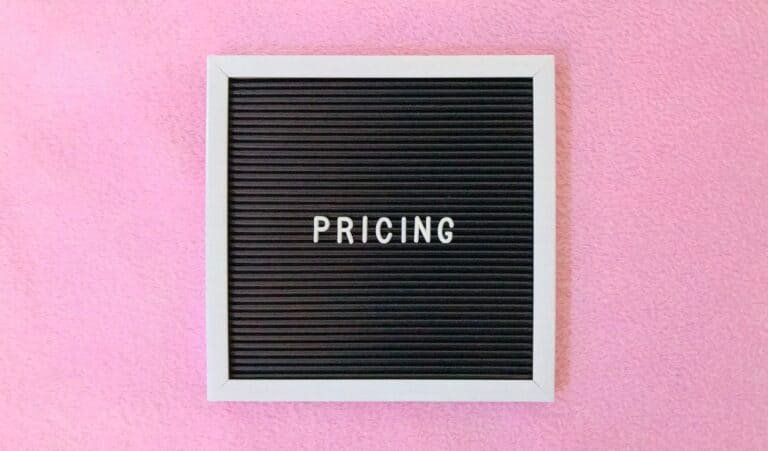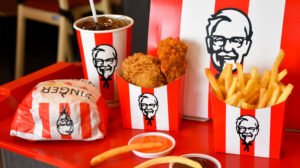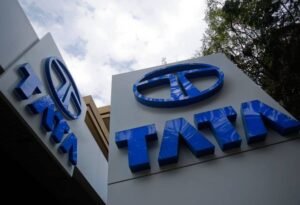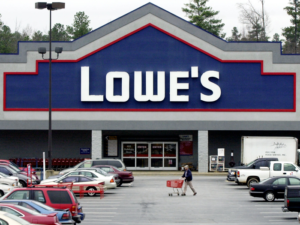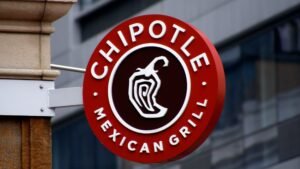
Promotional pricing is an important tool for businesses to use to generate more revenue. It does not matter if you are a small, medium or large company; any business can use promotional pricing.
What is promotional pricing, and why is it important? Promotional pricing can be a powerful tool for companies to use in the right circumstances. Not only does promotional pricing help generate more revenue, but it also helps with customer retention and loyalty. This article will go over what promotional pricing is, how it’s used, who should/can use it, types of strategies for promotional pricing and examples of each strategy with explanations on how they work.
Jump Ahead To :
What Really Is Promotional Pricing?
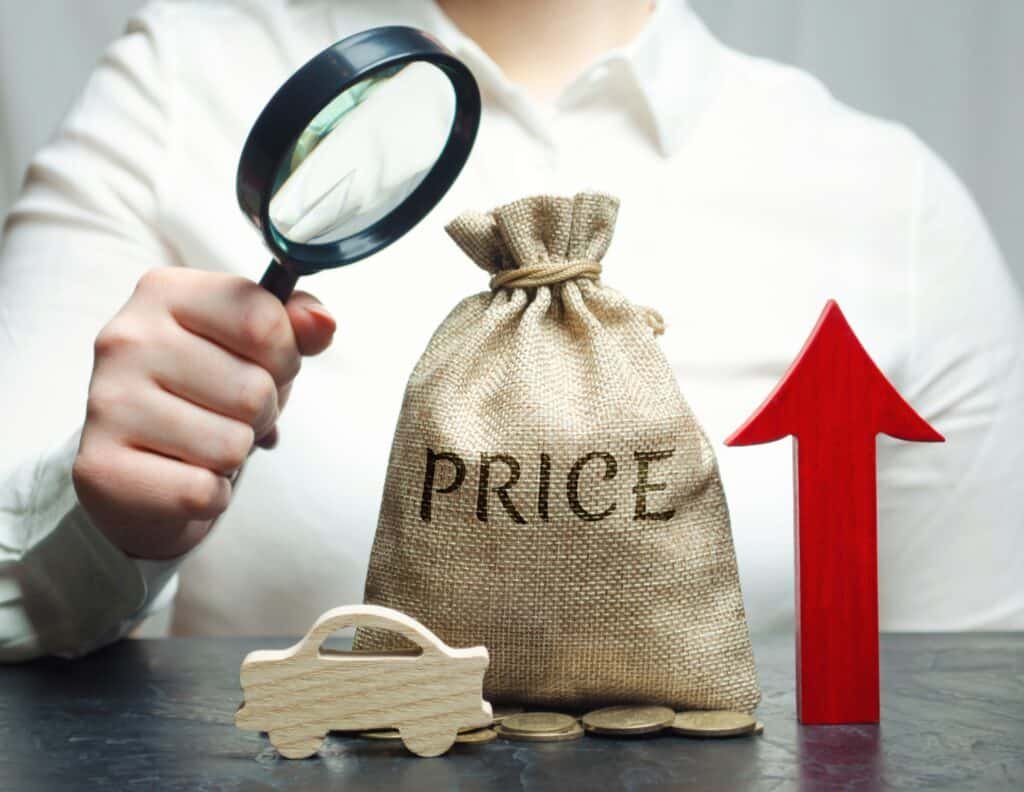
Promotional pricing is a promotional strategy that companies use to boost sales and increase market share. Promotions can be used for marketing purposes, such as increasing brand awareness and stimulating the growth of profitable segments by promoting products or services to both current customers and prospects.
It is promotional prices offered by a company to encourage customers to make purchases. Examples of promotional items are coupons, discounts and special offers. Promotions can be used for retail products or services, depending on the business. The promotional product could also serve as an incentive to attract new customers who will become repeat buyers in the future.
It is very popular during holidays when consumers have more spending money. companies use promotions because it helps them increase sales while entering into new markets that may not have been available otherwise
A quick view of a benefit of this strategy is that it leads to increased revenue through margin expansion related to large numbers sold at low margins, which leads to lower unit costs leading up towards break-even, where profits begin being made after this point. This process occurs over a while and is a common promotional strategy used by firms. Another benefit of promotional pricing is that it can be used as a tool for new product launches with minimal market share, allowing them to gain more attention from prospective consumers.
How Is Promotional Pricing Used?

Promotional pricing is used in promotional strategies to increase revenue, market share and brand awareness. This strategy can be implemented on price (value) and product level (volume). For example, retailers often offer promotional discounts to get rid of excess inventory while also increasing sales volume.
Promotions like this might offer a discount for purchasing multiple items rather than an individual item – which would mean people buy more because it’s cheaper per unit! On the value side, promotional pricing may involve “buy one get one free” offers that provide consumers with perceived savings when purchasing two products instead of just one at full retail price.
Promotional pricing is used to increase the volume of goods sold by making them more attractive. Promotions are usually temporary but can be permanent, and promotional prices are often lower than market prices. Promotions may also be funded by a supplier or manufacturer looking for increased sales volumes that lead to greater customer loyalty in the long term. Examples include special offers on branded items such as clothing, electrical appliances, etc.
Promotional discounts allow supermarkets to clear older products from their shelves while increasing turnover through higher purchase quantities per transaction. This will drive footfall into stores, making customers feel good about shopping there because they know ‘there’s always something new’.
Promotional pricing is also common in the travel and leisure industry, where promotional periods such as off-peak times encourage holidaymakers to take time out.
A promotional strategy should always have clear objectives, which you will need to measure against at each stage; make sure your promotional messages are not misleading or offensive. Remember that if it looks too good to be true, it probably is! Always check T&C’s before buying from an online retailer.
Who Should Use Promotional Pricing?

Promotional pricing is a great way to attract new users. For promotional pricing, you can use different promotional offers that are designed to target specific customer groups. Promotional prices have proven effective in the past, and they will likely continue being used because of their high conversion rates.
Promotional prices offer value as promotional prices may be temporary or variable, and it’s good for attracting new customers. This type of activity is most suitable for companies with existing products looking at driving incremental sales and profitability through more efficient marketing campaigns without compromising margins too much (i.e., not discounting significant percentages).
There could also be other reasons why promotional activities might make sense: e.g., if promotional activities are used to help counter some promotional activity by a competitor, if they might be needed for legal reasons (e.g., e-commerce companies with mandatory promotional restrictions), or simply because of the company’s perception that promotional pricing is ‘just what you do’. Promotional pricing can work in any industry and at all stages of business development; however, it requires very tight control on inventory levels and an ability to plan – both of which need good processes behind them.
If your production lead times mean, there isn’t enough time to build up additional stock before running out, consider whether promotional prices could still make sense: perhaps selling more units at full price would generate higher overall revenue? Or maybe building extra stock will cost too much, so promotional pricing is the best option? If promotional prices are working out well, you might want to consider making them a more integral part of your marketing strategy.
Types Of Promotional Pricing
Promotional pricing can be a very effective promotional tool for your business. It is a way of discounting goods to attract customers when you are low on stock or pushing older products off the shelves. There are various types of promotional pricing, and they all have their benefits but also come with some risks attached, so it’s important to consider your promotional strategy carefully.
The first type of promotional pricing is discounting. This can be very effective, but you need to make sure that the price on the shelf or click-through page is a good deal for customers because if it isn’t, they will go elsewhere and never come back.
Here, some products or services are priced below cost with the intent of drawing customers who might also buy other high margin items at full price. The goal of these promotions is not always to make a profit on the promotional item but to “lure in” customers and increase sales of other items.
Another promotional tool that works really well with promotional pricing is promotional packaging. This can include many different things, from free prints with a purchase to promotional keyrings and bags, which you could give away at the time of sale or when customers spend over a certain amount in your store/online shop, etcetera. Promotional packaging offers added value for customers without costing too much money because it’s free. You can also combine promotional pricing with promotional packaging to ensure you are getting the best results from your promotional strategies, which will encourage customers to return to your store/website again and again.
The third promotional pricing type is BOGO (buy one get one free) offers. These promotions are often used when retailers need to move excess inventory quickly and at little cost. Retailers will typically offer an inexpensive product for free when a customer purchases another item.
BOGO promotional pricing can be effective, but retailers must be clear about which BOGO promotion applies to and how long it will last. Retailers should also monitor their promotional prices closely, so they do not violate antitrust laws. There are many types of promotional pricing, including the three promotional pricing types listed above. Promotional prices are used to increase sales or draw attention to products that need more exposure than they normally would have received. Businesses should be careful when using promotional pricing as it can backfire if not done carefully and communicated clearly to customers.
Calculating Which Promotion Pricing Strategy I Should Use For My Business
By using promotional pricing to your advantage, you can increase demand and create a better customer experience while increasing revenue. Promotional pricing is a great way for small businesses to test new products or experiment with different price points. If it works out, then the promotional price could turn into the standard one without much work from your end!
There are many studies about promotional pricing and discounting, but it’s not always clear what strategies work best for different products in your business.
However, there are some general principles to bear in mind when designing promotional campaigns:
– Promotions should be short term (no more than 12 months) to prevent cannibalisation of normal sales.
– The promotional offer must give you added value beyond simply shifting the product from one channel or location to another. Make sure the promotion adds something meaningful which will increase your brand equity or customer loyalty – think to bundle with other offers such as warranties, services etc.; special deals on complementary products; promotional premiums with your product.
– Promotions should be part of a broader integrated marketing communications plan, not just something you do in isolation. Ensure promotional activity is consistent with the advertising and promotional campaigns for other products or services. It doesn’t confuse customers about what they get when they purchase your business’s products or services.
– The promotional campaign must drive profitable sales growth, which means that any transactions made through promotion have to generate sufficient profits after deducting costs associated with running the offer (e.g., discounts offered on cost price). You can evaluate this using profitability analysis tools such as break-even point calculations – these will tell you the number of units required at each sale price you make a profit/loss on.
– Promotional activity should be carefully targeted to the promotional offer’s most likely customers. This means using promotional pricing selectively for certain products, with different price promotions used in different markets and at different times of the year when appropriate (e.g., seasonal sales will usually focus on items that are more suited to gift-giving). You must also define your target market precisely before incorporating promotional pricing into a marketing strategy – this will enable you
to make better use of any special offers or discounts available by tailoring them specifically towards your product’s ideal customer base.
– The promotional campaign needs careful monitoring during implementation because it is easy to lose money if too many units go unsold due to poor uptake among consumers, which can happen if promotional prices are set too high.
Advantages Of Promotional Pricing For Businesses
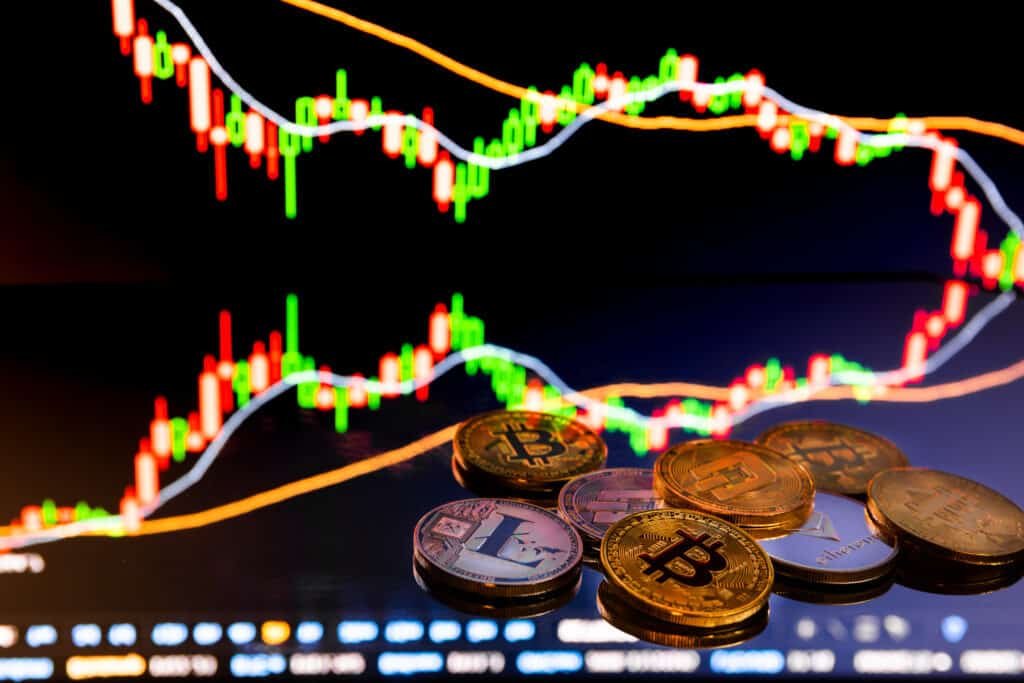
- Promotional pricing provides promotional benefits for both the consumer and retailer. This is particularly useful to companies that need to liquidate old inventory or seek new customers, as promotional prices are lower than regular retail prices.
- It’s also a great way to keep up with the competition in an industry where discounting is common practice.
- Promotions are effective because they help retailers maintain their relevance relative to competing brands by drawing attention back to themselves via discounts which can drive sales up during slow periods when it may be necessary or desired for them do so.”
Disadvantages Of Promotional Pricing For Businesses

A major drawback to promotional pricing is how it can affect your brand image. If you have been selling at the regular price for a long time, and now all of a sudden switch to promotional prices, consumers may begin to question if there’s something wrong with your product or service since they usually don’t see this as an effective means of advertising or marketing. This will cause them not to trust what you’re trying to sell because why would someone give up their usual price just for one promotional event? Although promotional pricing doesn’t always place a major impact on consumer decisions during Black Friday sales events but many other times it does! We must understand these types of situations well before making any promotional choices to avoid unnecessary risks.
In Conclusion
Promotional pricing is a promotional strategy that companies use to boost sales and increase market share. This can be done by using discounts or other promotions for marketing purposes, such as increasing brand awareness and stimulating the growth of profitable segments by promoting products or services to both current customers and prospects. We can help you create an effective promotional pricing plan with our experts on your side. Contact us today!
